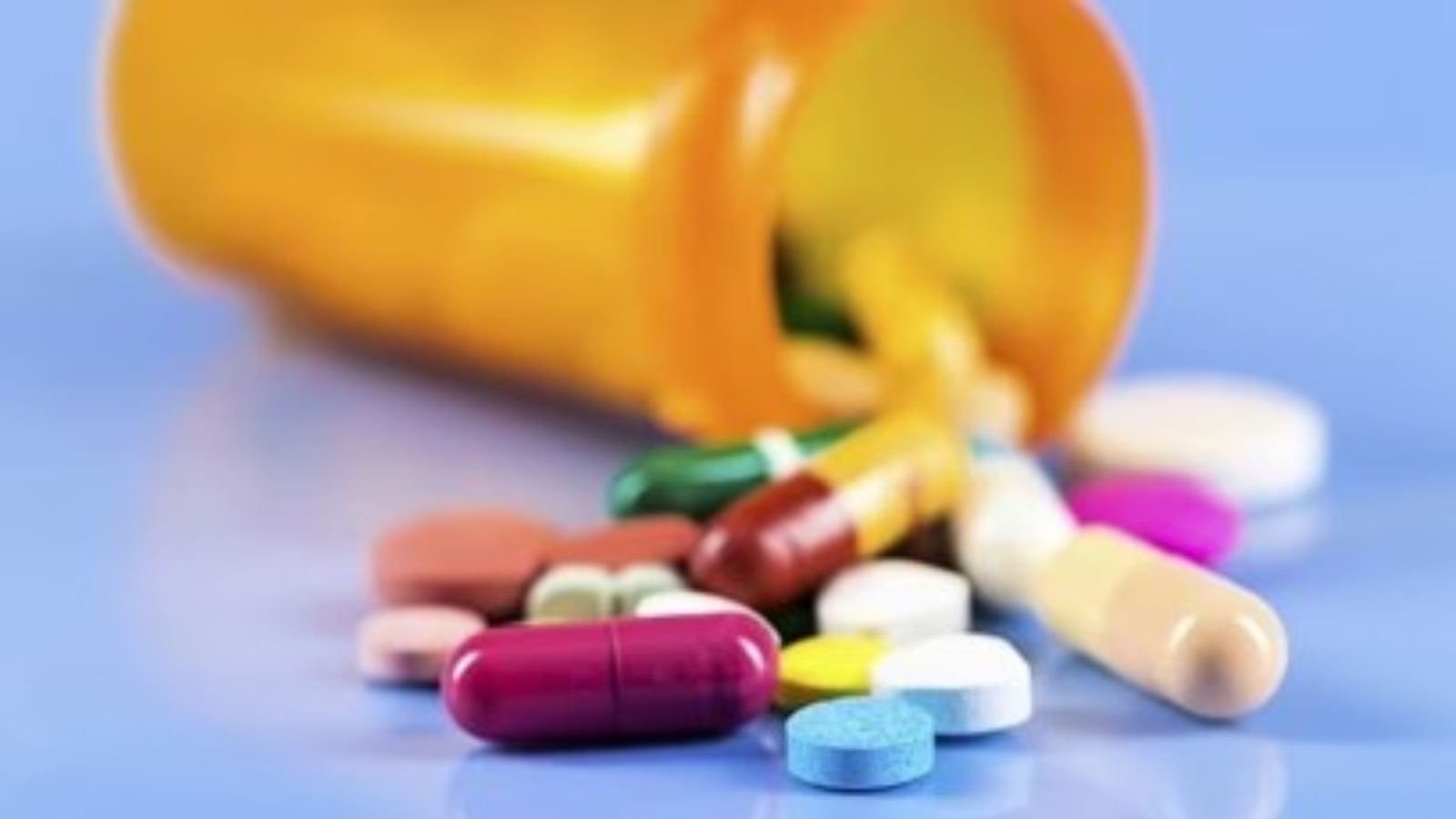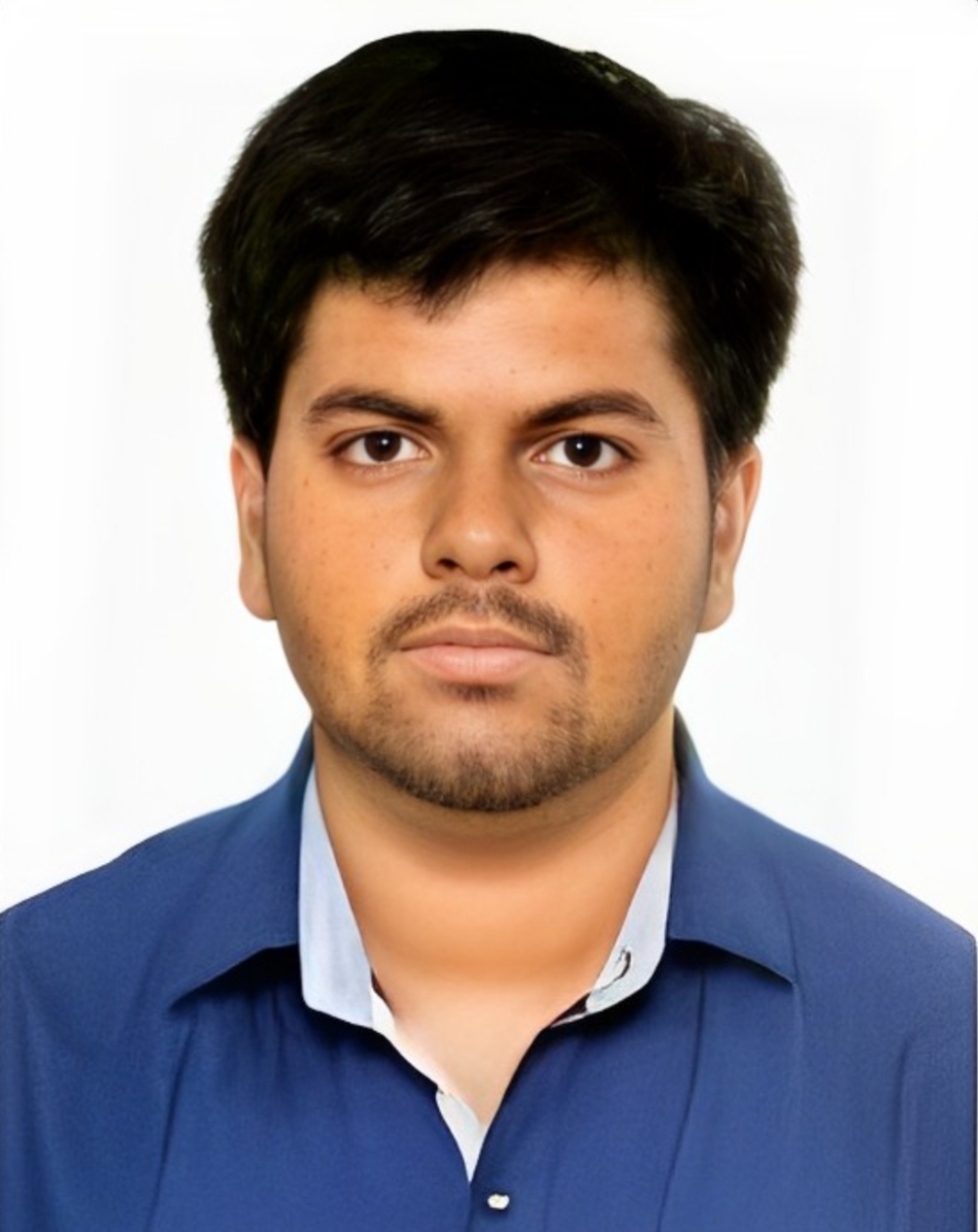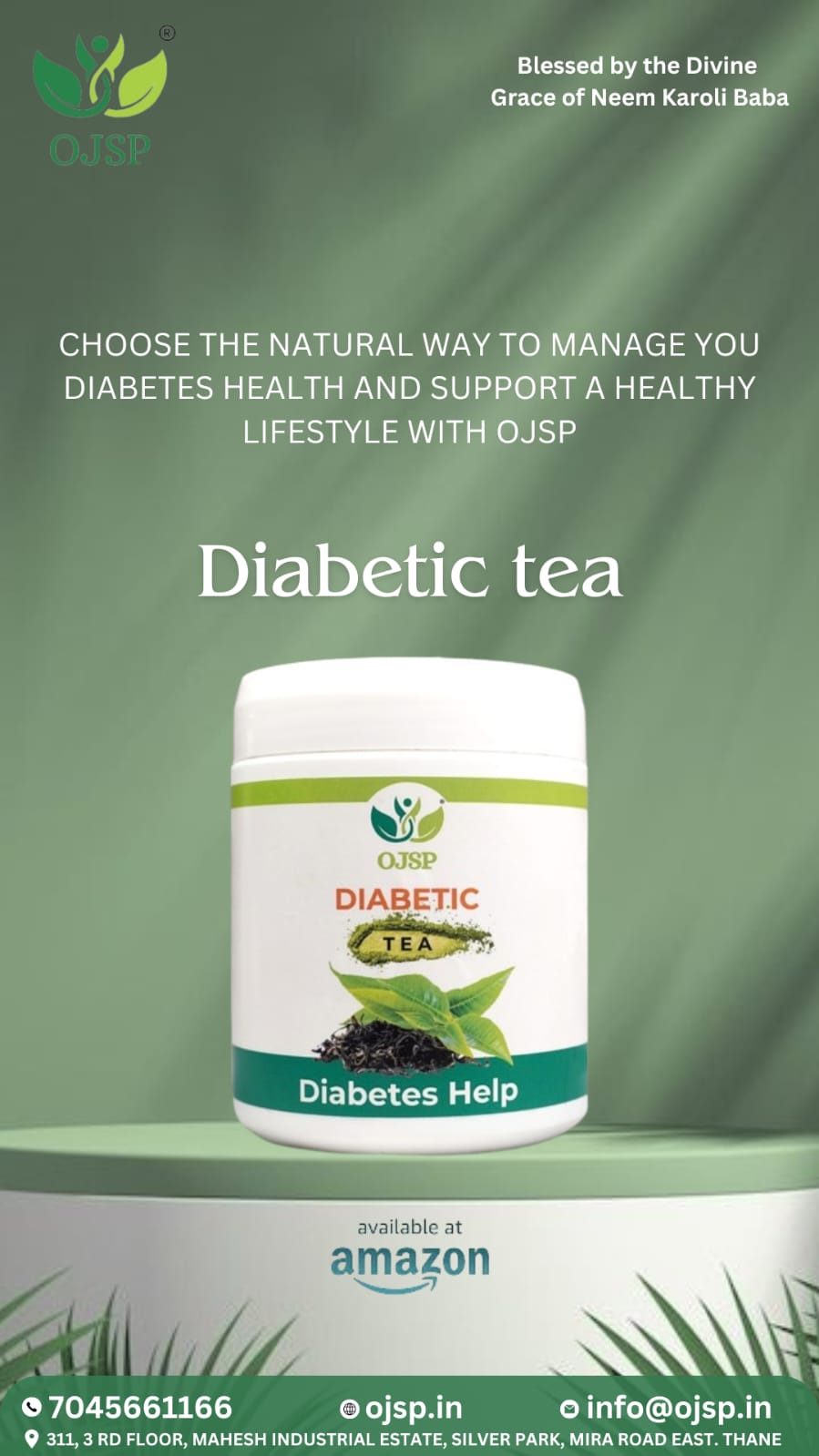The world is struggling with a silent but deadly crisis, antimicrobial resistance (AMR). Each year, millions of lives are lost due to drug-resistant infections, with pneumonia being a major contributor. India, a country shouldering 23% of the global burden of community-acquired bacterial pneumonia (CABP), has now taken a significant leap forward. The launch of Nafithromycin, the country’s first indigenous antibiotic for drug-resistant infections, is a monumental step in the global fight against AMR.
Developed by the Biotechnology Industry Research Assistance Council (BIRAC), a unit of the Department of Biotechnology, Nafithromycin is India’s response to the growing challenge of drug-resistant pathogens. Marketed under the brand name “Miqnaf” by Wockhardt, a Mumbai-based pharmaceutical company, this antibiotic is set to revolutionize pneumonia treatment.
Nafithromycin specifically targets community-acquired bacterial pneumonia, a condition that has become increasingly difficult to treat due to resistance to first-line antibiotics like azithromycin. Its launch comes after 14 years of rigorous research and a Rs. 500 crore investment, marking a milestone in India’s pharmaceutical landscape.
Pneumonia, a lung infection caused by bacteria, viruses, or fungi, remains a leading cause of death worldwide. Azithromycin, a macrolide antibiotic, has long been the go-to treatment for pneumonia. However, overuse and misuse have led to resistance, rendering it ineffective in many cases.
This resistance has left patients vulnerable, increasing hospital stays, healthcare costs, and mortality rates. Nafithromycin offers a much-needed alternative, providing hope to millions suffering from drug-resistant infections.
What Makes Nafithromycin Unique?
Nafithromycin isn’t just another antibiotic; it’s a scientific marvel. It belongs to a new class of semi-synthetic macrolides, the first to be developed globally in over 30 years. Its novel features set it apart:
1. Ultra-Short Therapy: Unlike traditional antibiotics requiring prolonged courses, Nafithromycin offers a once-daily, three-day treatment regimen.
2. Targeted Action: It effectively combats both typical and atypical bacteria, including multi-drug-resistant pathogens.
3. Enhanced Efficacy: Nafithromycin is 10 times more effective and provides eight times higher lung exposure than azithromycin, ensuring superior results.
4. Safety and Convenience: With minimal side effects and no significant drug interactions, it can be taken with or without food, making it patient-friendly.
5. High Cure Rate: Clinical trials have shown a remarkable 96.7% cure rate, a testament to its efficacy.
How Nafithromycin Works?
The drug’s effectiveness lies in its unique mechanism. Nafithromycin targets the proteins within bacteria responsible for their survival and reproduction. By disrupting these functions, it kills the bacteria and prevents further infection.
Additionally, its ability to remain in the lungs for extended periods ensures sustained action against pathogens, even after the treatment course ends.
Antimicrobial resistance is a global health crisis, with the World Health Organization (WHO) warning of a post-antibiotic era where common infections become untreatable. Nafithromycin’s launch could serve as a blueprint for other countries facing similar challenges.
For India, where respiratory infections are a leading cause of illness, this indigenous drug is a game-changer. It not only addresses the immediate issue of drug-resistant pneumonia but also strengthens India’s position in the global pharmaceutical arena.
Extensive clinical trials across the United States, Europe, and India have validated Nafithromycin’s safety and efficacy. Researchers demonstrated its superiority over existing treatments, particularly in cases resistant to azithromycin.
Union Minister Dr. Jitendra Singh has announced that Nafithromycin is awaiting final approval from the Central Drugs Standard Control Organisation (CDSCO) for large-scale manufacturing and public use.
One of Nafithromycin’s standout features is its affordability. Unlike many cutting-edge treatments that are out of reach for the average patient, this drug has been designed to be cost-effective, ensuring accessibility for all socioeconomic groups.
The launch of Nafithromycin is more than just a medical breakthrough; it’s a step forward in the fight against antimicrobial resistance. AMR threatens to undermine decades of progress in healthcare, making infections harder and costlier to treat.
By introducing an effective and affordable antibiotic, India is addressing the root cause of AMR which is misuse and overuse of existing drugs. Nafithromycin’s short treatment duration reduces the risk of incomplete courses, a major factor in resistance development.
While Nafithromycin is a significant achievement, the journey doesn’t end here. Continuous efforts are needed to raise awareness about AMR and promote responsible antibiotic use. Public health campaigns emphasizing the importance of completing prescribed courses and avoiding unnecessary antibiotics are crucial.
Moreover, policymakers must support research and development initiatives for new antibiotics and ensure equitable access to these life-saving drugs.
Medical professionals have lauded Nafithromycin’s potential. Dr. Sulaiman Ladhani, a pulmonologist at Wockhardt Hospitals, Mumbai, expressed optimism about its ability to save lives and improve patient care.
“This drug is a ray of hope in the battle against antibiotic resistance. Its targeted action and high cure rate make it a valuable addition to our arsenal against respiratory infections,” he stated.
The launch of Nafithromycin is a reminder of the critical need for innovation in healthcare. As the world suffers with AMR, governments, researchers, and pharmaceutical companies must collaborate to develop new solutions.
India’s success with Nafithromycin underscores the importance of investment in research and development. By prioritizing healthcare innovation, we can tackle emerging challenges and safeguard future generations.
Nafithromycin is not just a new drug; it’s a symbol of hope in the fight against one of the most pressing health crises of our time. Its introduction marks a turning point for India and the world in combating drug-resistant infections.
As this indigenous antibiotic becomes available, it carries with it the promise of a healthier future, a future where pneumonia and other drug-resistant infections no longer claim millions of lives. Let Nafithromycin be a ray of what’s possible when innovation, dedication, and science come together to address humanity’s greatest challenges
http://www.21stcenturyhospitalgownplus.com/
http://www.elite-factory-15.fr/
http://www.gba-amateurboxen.de/
http://www.kita-strausberg.de/
http://sonispicehelensburgh.co.uk/
http://curryzonecardonald.co.uk/
http://cinnamon-edinburgh.co.uk/
http://www.bombaydelipaisley.com/
http://pizzanightclydebank.co.uk/
http://www.pizzanightclydebank.com/
http://gyros2goclydebank.co.uk/
http://grillicious-glasgow.co.uk/
http://www.abdulstakeaway.com/
http://www.freddiesfoodclub.com/
http://cinnamonportobello.co.uk/
http://www.romafishnchips.com/
http://bombaydelipaisley.co.uk/
http://yaraloungerestaurant.co.uk/
http://tasteofchinacoatbridge.co.uk/
http://www.memoriesofindiagorebridge.com/
http://memoriesofindiaeh23.co.uk/
http://freddiesknightswood.co.uk/
http://gyros2gohardgate.co.uk/
http://www.strausseeschwimmen.de/
http://www.janstanislawwojciechowski.pl/
http://london-takeaways.co.uk/
http://shahimanziledinburgh.co.uk/
http://freddiesfoodclub.co.uk/
http://www.spicestakeaway.com/
http://www.mexita-paisley.com/
http://pandahouseglasgow.co.uk/
http://www.zum-alten-steuerhaus.de/
http://www.oberstufenzentrum-mol.org/
http://www.morsteins-neuenhagen.de/
http://www.maerkische-jugendweihe.de/
http://www.planungsbuero-henschel.de/
http://www.hertzelektronik.de/
http://www.militaergefaengnisschwedt.de/
http://www.fahrrad-naumann.de/
http://www.hondamoto-villemomble.com/
http://www.hondamoto-royan.com/
http://www.hondamoto-ajaccio.com/
http://www.download-skycs.com/
http://www.sisakoskameleon.hu/
http://www.hondamoto-montauban.com/
http://www.hondamoto-chalonsursaone.com/
http://www.hondamoto-champignysurmarne.com/
http://www.hondamoto-asnieres.com/
http://www.pasquier-motos.com/
http://www.evacollegeofayurved.com/
http://www.compro-oro-italia.it/
http://www.hondamoto-saintmaximin.com/
http://www.hoangminhceramics.com/
http://www.pasiekaambrozja.pl/
http://www.xn--b1alildct.xn--p1ai/
http://www.ferreteriaflorencia.com/
http://www.thevichotelkisumu.com/
http://www.nexuscollection.com/
http://www.moitruongminhhuy.com/
http://www.ozkayalarpaslanmaz.com/
http://www.munkagepmonitor.hu/
http://www.my247webhosting.com/
http://www.thesmokingribs.com/
http://www.healthlabgrosseto.it/
http://www.ochranakaroserie.cz/
http://www.phukiendonginox.com/
http://www.meijersautomotive.nl/
http://www.kartaestudentit.al/
http://www.podlahyjihlavsko.cz/
http://www.hillhouseequestrian.com/
http://www.gradskapivnicacitadela.com/
http://www.capella-amadeus.de/
http://www.landfleischerei-auris.de/
http://www.faistesvacances.be/
http://www.autoservice-doernbrack.de/
http://www.tabakhaus-durek.de/
http://www.oldtimer-strausberg.de/
http://www.imexsocarauctions.com/
http://www.kaslikworkshop.com/
http://www.firefightercpr.com/
http://www.visuallearningsys.com/
http://www.hanksautowreckers.com/
http://www.impresospichardo.com/
http://www.philiphydraulics.net/
http://www.internationaldentalimplantassociation.com/
http://www.indywoodtalenthunt.com/
http://www.badicecreamgame.com/
http://www.riad-amarrakech.com/
http://www.centrodeformacioncanario.com/
http://www.socialdefender.com/
http://www.pepiniere-paravegetal.com/
http://www.reparertelephonearles.fr/
http://www.namsontrongdoi.com/
http://www.devipujakjivansathiseva.in/
http://www.laymissionhelpers.org/
http://www.vangiaphatdeco.com/
http://www.isscoachinglucknow.in/
http://www.hieuchuandoluong.com/
http://www.aurorabienesraices.com/
http://www.indianmoversassociation.com/
http://www.oztopraklarotomotiv.com/
http://moitruongnamnhat.com.vn/
http://www.dienmayvinhthuan.vn/
http://www.divadelkoproskoly.cz/
http://www.xn--12cfje1df4hdl7f1bf2evg9e.com/
http://www.westernirontrailers.com/
http://www.jazzaufildeloise.fr/
http://www.signcraft-drone.com/
http://www.realtyhighvision.com/
http://www.thermexscandinavia.nl/
http://imobiliariafelipe.com.br/
http://www.salon-lindenoase.de/
http://www.jezirka-zahrada.cz/
http://www.singhanialogistics.in/
http://www.der-pixelmischer.de/
http://www.hegermuehlen-grundschule.de/
http://www.radiologie-strausberg.de/
http://www.foto-studio-matte.de/
http://www.tables-multiplication.com/
http://www.rusztowania-belchatow.pl/
http://www.fishingandhuntingheaven.com/
http://www.orologiegioiellilameridiana.it/
http://www.rotarybresciaest.org/
http://www.jacarandaspain.com/
http://www.javieririberri.com/
http://www.huebelschraenzer.ch/
http://www.illinoiscreditunionjobs.com/
http://www.iznikdenizorganizasyon.com/
http://www.leasebackconcierge.com/
http://www.eoisantacoloma.org/
http://skullbasesurgery.co.uk/
http://www.immobilienplattensee.com/
http://www.germandailynews.com/
http://www.gptdcinternational.com/
http://www.forklifttrainingedmonton.com/
http://www.kashiwanakayama-cl.com/
http://www.thehousemediagroup.com/
http://www.pensiimaramures.ro/
http://www.michaelakokesova.cz/
http://www.viswabrahmanaeducationaltrust.com/
http://krone-aluminium.com.pl/
http://www.broadwaylumber.com/
http://www.ambulancesoccasions.com/
http://www.continuumintegrated.com/
http://www.joilifemarketing.com/
http://www.rotaseydisehir.com/

 As this indigenous antibiotic becomes available, it carries with it the promise of a healthier future, a future where pneumonia and other drug-resistant infections no longer claim millions of lives.
As this indigenous antibiotic becomes available, it carries with it the promise of a healthier future, a future where pneumonia and other drug-resistant infections no longer claim millions of lives.










.jpeg)

.jpeg)
.jpeg)
.jpeg)

.jpeg)
.jpeg)
.jpeg)
_(1).jpeg)

_(1)_(1)_(1).jpeg)
.jpeg)
.jpeg)
.jpeg)






